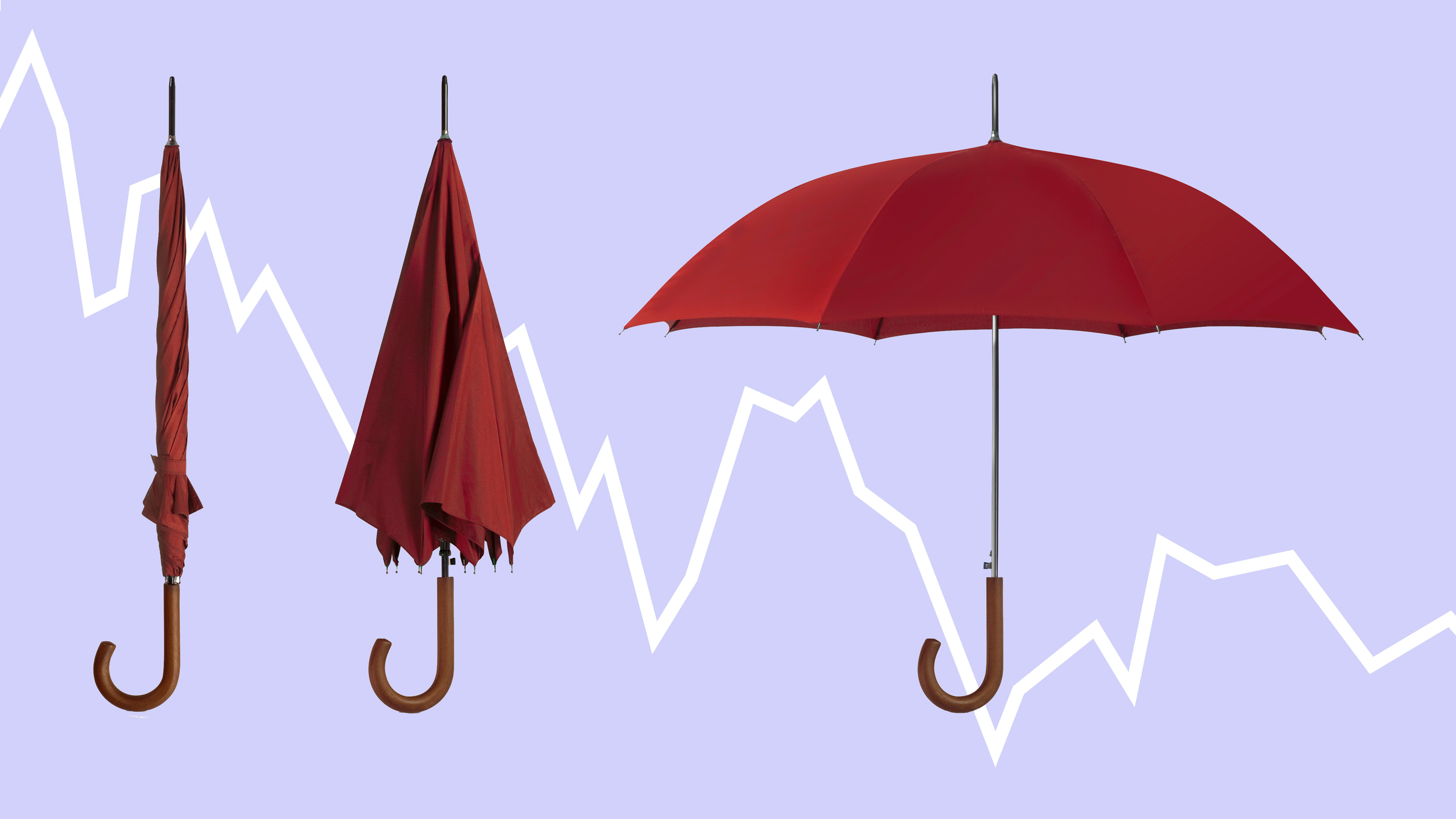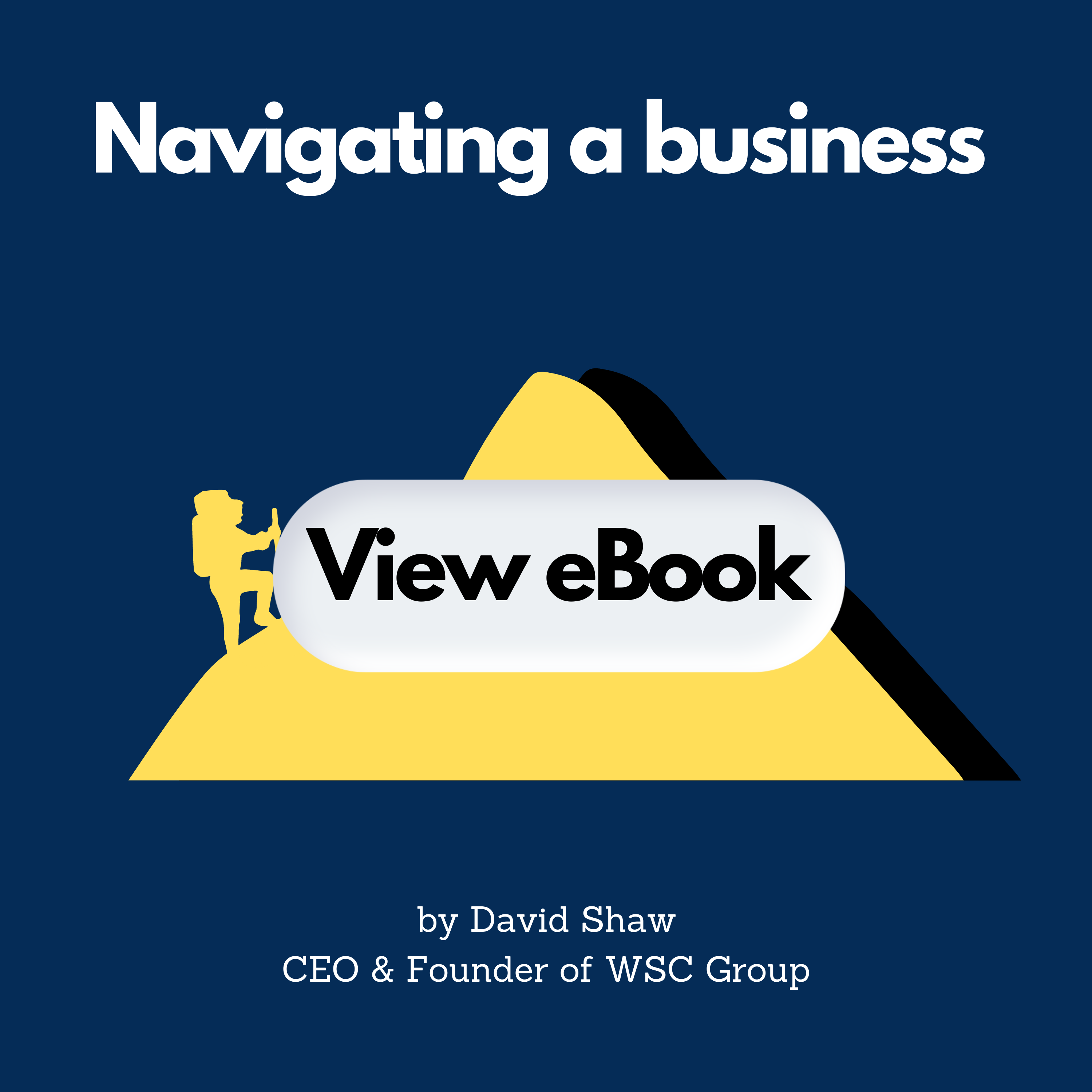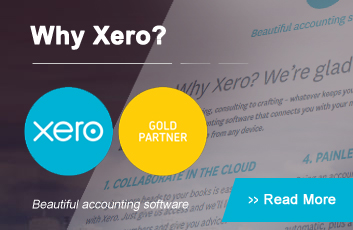
Latest News
Now, more than ever, business operators should have a plan in place to manage during uncertain times. Even if your business is not directly impacted, it’s likely your customers, your supply chain, and your workforce will be to some extent.
So, how do you plan for uncertainty when every assumption is subject to change?
Understand where you stand now
Businesses fail (or fail to thrive) for a myriad of reasons, but the precursor is often a failure to understand what is occurring and what to monitor. Strategically, managers need to be on top of their numbers to
identify and manage problems before they get out of hand. If you do not know what the key drivers of your business are - the things that make the difference between doing well and going under - then it’s time to find out.
Understanding your cost structure
Do you know what your real cost of doing business is? Your breakeven point is the level of sales activity
where your business is neither making a profit or a loss. Calculate your breakeven point by dividing your
fixed expenses by your gross profit margin. This figure represents the level of sales income you need to
breakeven.
Understanding your breakeven point is crucial particularly when supply chains are impacted. Not only will your breakeven point assist you to monitor business performance, it’s critical when deciding whether or not to offer a discount. If your breakeven point is well below your current operating level then you have a good buffer in your profits to manage growth, invest in further capital opportunities, and to protect yourself against further downturns in operating performance. And before you say “I know that,” ask yourself how many people actually put this theory into practice. Even some of the largest businesses have been caught out on this one and tie up valuable resources in unprofitable projects and products.
Putting up your prices during down times is not an act of social betrayal. If your prices have increased you should flow these through unless you are comfortable making less for the same amount of effort, or you are in an industry that is so price sensitive you have no choice but to follow the lead of larger businesses. Discounting creates a leverage impact on profits. By discounting you are giving away some or all of your profits. The key is to understand the impact and just how far you can go. For example, a business with a 30% gross profit margin that offers a 25% discount (certainly nothing unusual about that in today’s market) needs a 500% increase in sales volume just to maintain the same position – and, in almost all cases, that’s just not going to happen. The result generally is that the business trades below its breakeven point and generates a loss. You can only do that for a limited amount of time (and some of your larger competitors might be engaging in a discounting war with you in an attempt to bury you once and for all).
If your business needs cash and needs it quickly, discounting might be the only way to shift stock but understand the implications.
Note: The material and contents provided in this publication are informative in nature only. It is not intended to be advice and you should not act specifically on the basis of this information alone. If expert assistance is required, professional advice should be obtained














